“The chromium VI issue started in the 90s but was not acknowledged by the leather industry to be a real problem. It was normal that in a free market, alternative technologies were developed and promoted by companies looking for new business opportunities. The selling point of FOC leather was that it is safe, and the absence of chromium in the leather would not pose any end-of-life problems.
The defence of chromium tanning started relatively late, and with perhaps too lacklustre explanations to brands and consumers that chrome tanning, provided it is done well, is a safe, cost-efficient and high-performing tanning method. Not enough efforts were made by the tanning industry and by chromium suppliers to avoid the very low 3ppm Cr VI limit in a new EU directive, although from a science-based risk and exposure point of view, a much higher limit would have been possible.
The decision of brands or consumers as to which type of leather they favour is influenced by several parameters. Safety, environmental and social topics lay an increasingly important overruled by simple cost considerations. Did the production and sale of chrome-tanned leather suffer a lot because FOC was taking over? Hasn’t leather as a material increasingly lost its place was topics such as deforestation, animal welfare, climate (greenhouse gas contribution of animals), pollution and substandard production conditions in some places which were picked by media and activists to campaign against leather.
CrVI certainly played a key role and triggered the discussion about hazardous chemicals, pollution, etc. Meanwhile, many good initiatives were started, including LWG (or CSCB, ICEC) audits, ZDHC_MRSL and the Leather Naturally campaign, to name just a few. They are important in the effective marketing of leather as a natural product.”
Magazine: International Leather Maker July/August 2020



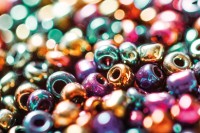

 Main Reaction - The TFL Blog Stories, incidents, tips and facts around the topics leather, chemistry, fashion, sustainability and ecology. Our editorial staff consisting of experienced tanners, scientists, market experts, fashion and communication specialists has sharped their pencils and will supply you with fresh and inspiring content on a regular basis.
Main Reaction - The TFL Blog Stories, incidents, tips and facts around the topics leather, chemistry, fashion, sustainability and ecology. Our editorial staff consisting of experienced tanners, scientists, market experts, fashion and communication specialists has sharped their pencils and will supply you with fresh and inspiring content on a regular basis.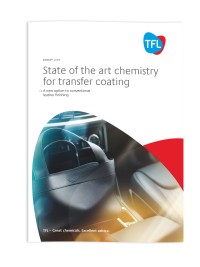
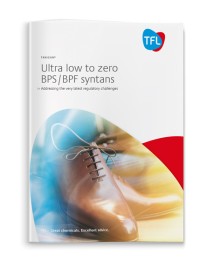
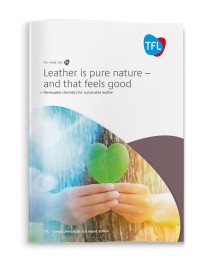
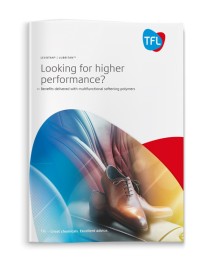 LEVOTAN® / LUBRITAN™ - Looking for higher performance? Tanners around the world are facing increasing challenges from their customers, for example, demands for higher performance such as fastness to light and heat resistance, but also lighter weight leather and more recently odour / emissions avoidance.
LEVOTAN® / LUBRITAN™ - Looking for higher performance? Tanners around the world are facing increasing challenges from their customers, for example, demands for higher performance such as fastness to light and heat resistance, but also lighter weight leather and more recently odour / emissions avoidance.









